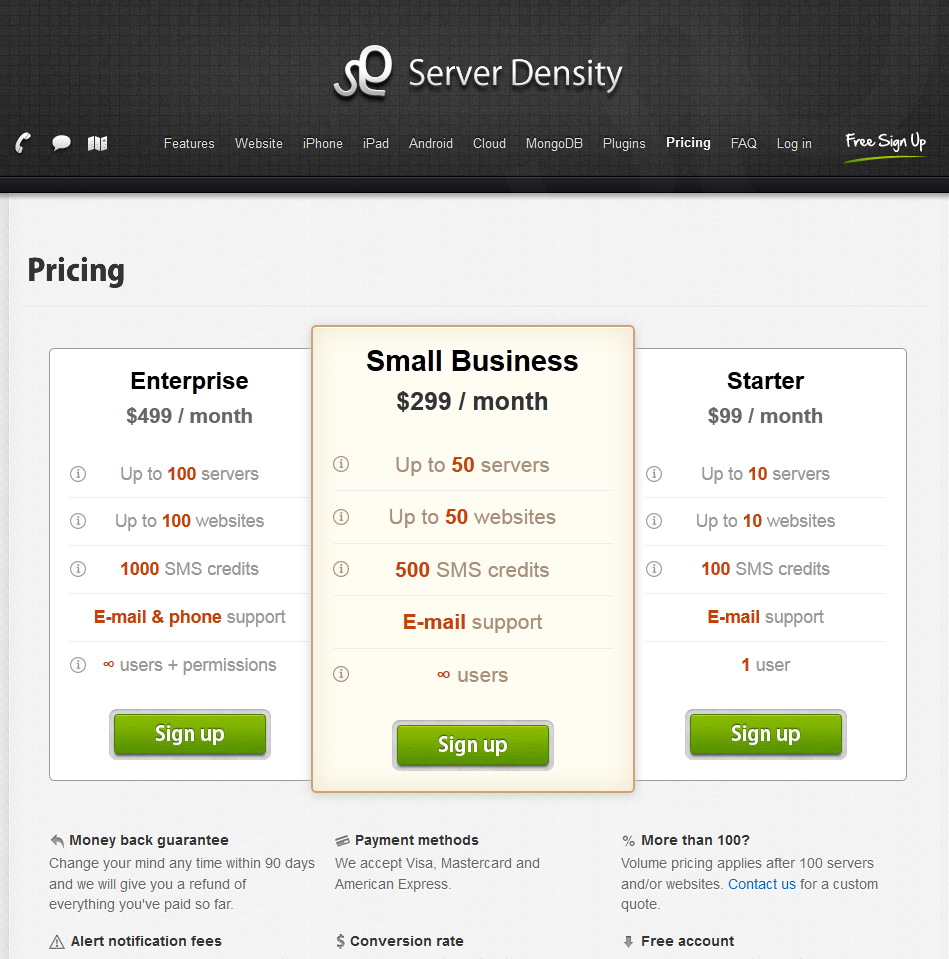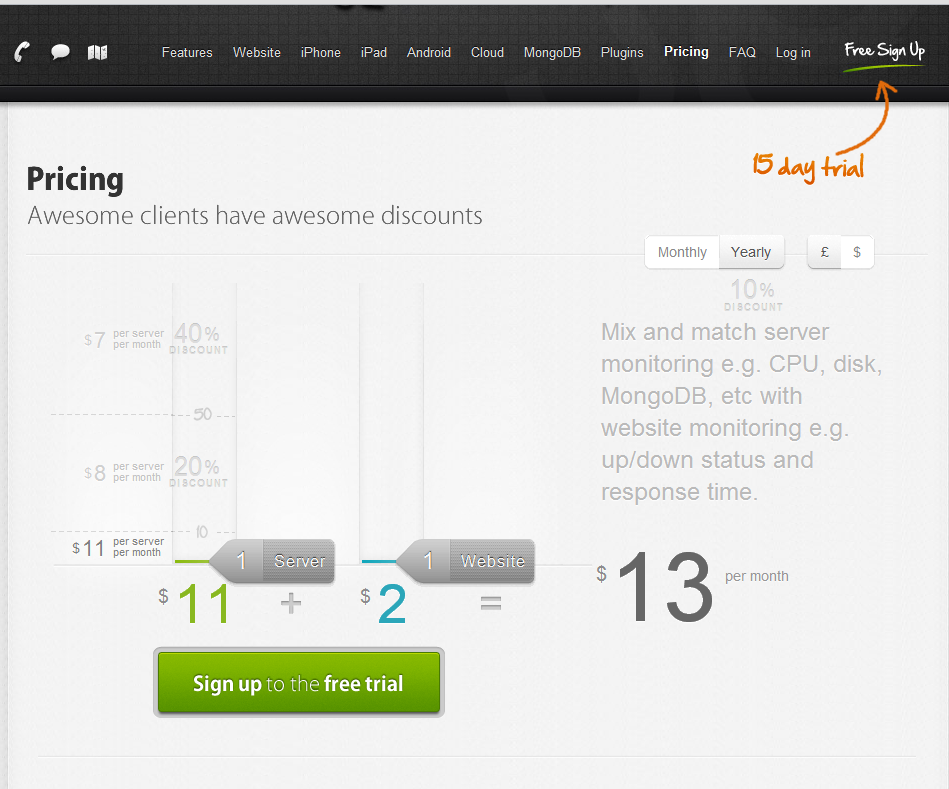5 Concrete Strategies to Increase Customer Lifetime Value with Marketing Automation
Marketing Automation Insider is supported by readers like yourself. We may earn an affiliate commission when you purchase through our links. Of course, this won't increase the cost of your subscription.

According to research done by Invesp, 44% of businesses have a great focus on customer acquisition rather than customer retention, compared to the 18% of businesses that focus more on retention.
That’s a highly puzzling statistic, especially when you consider that it costs 5x more to attract a new customer than it does to resell to one you already have (click to tweet). Existing customers are also 5-10x more likely to buy from you than a new prospect.
So why all the focus on attracting new customers, instead of increasing the value of the customers that you already have? The stats clearly say that focusing on increasing customer lifetime value rather than the number of customers in your database is not only easier but also more cost-effective.
If your business falls among the 44% that hasn’t been focusing on customer lifetime value as much as it should be, then this post is exactly what you need. I’ve put together a list of 5 practical strategies you can use to start boosting the value of every customer you’ll ever acquire.
Image credit: GotCredit
Tip: Using marketing automation tools that personalize your content for specific leads and track results, will make these strategies infinitely more simpler to implement and maintain.
1. Automated Upsells & Cross-sells
Upselling is when you offer a more upgraded (and pricier) version of your product to an existing customer. A quick example of an upsell would be when you advertise a $300 porcelain dinnerware set to a customer that’s purchased a $150 melamine set. It’s essentially a more expensive, but also higher-value, version of the same product.
A cross-sell, on the other hand, introduces a different type of product to a customer. However, the product is still related to the niche you’re in. Offering a new set of silverware to the family that’s bought the melamine dinnerware would be an example of a cross-sell. Different product, same niche.
Without a doubt, upsells & cross-sells are one of the top ways to increase the number and value of purchases per customer.
The best way to convince a customer to go for the higher-ticket products?
Make them feel as if they’re getting a good deal.
On the Groove blog, Len Markidan recounts the story of how a hotel salesclerk upsold breakfast to his initial room rate. Len was entirely happy with his purchase, because the clerk had offered him a discounted rate: $29 vs. the normal price of $49.
Because the clerk made Len feel like he was getting a good deal — and he was — Len promptly accepted the offer and in the end was happy he did so. The hotel increased their customer value simply by pitching a complementary product (a cross-sell).
Marketing automation tools make it super easy to promote relevant products to your existing customer base. Marketo, for instance, can automatically score customers based on the likelihood of their purchase of specific products, and then send the most relevant upsells/cross-sells to each customer to maximize the probability of a repeat sale.
2. Make Customer Service Efficient & Hassle-Free
Another top way to instantly make your business more attractive to a customer to ensure a positive customer service experience.
In fact, a study by Lee Resources revealed that resolving a complain in your customer’s favor will make that customer 70% more likely to do business with you again (Help Scout).
By maintaining an efficient, quick, and hassle-free service experience for all your customers, you’re giving buyers a reason to continue all future purchases with you rather than with a competitor.
Two ways that you can give customer service an immediate boost are:
- decreasing response times
- offering multiple contact points
Image credit: Graham via Flickr
The first method — decreasing response times — can be achieved when you streamline support tickets with automation tools like tagging & auto-classification of help requests.
The second method — offering multiple contact points — will allow customers to reach out through their preferred channels. If your company only offers support via e-mail, all your customers customer who’d rather pick up the phone to give your service reps a call is suddenly less inclined to get in touch with you.
And if unsatisfied customers never get in touch, you miss out on the opportunity to improve their experience. Consequently, the unhappy buyers simply walk away to the nearest competitor for their next purchase.
Make sure that you cover the most popular contact methods: email, phone, and live chat (if you can stretch it), and then you can also think about support channels more specific to your industry, like forums.
3. Use Customer Advice to Improve Their Experience
Nobody knows how to improve your company’s customer experience better than your own customers.
Buyers know exactly what they want from your business and how they want to receive it. So if you want to make your business as appealing as possible, ask customers for advice because they are the ones who know what’s appealing and what’s not.
Thankfully, once you have customer information, getting feedback from them really is an exceedingly simple thing to do. Here are a few advice-collecting strategies to consider:
After-purchase feedback rating: One popular way to get feedback on the purchase experience is with simple rating buttons. A few days after the initial purchase has been completed, you can email the involved customer and ask them to rate the sales experience on a scale of 1-10. If they select a relatively poor rating, you can redirect them to a short form where they can tell you exactly what detracted from customer experience.
Surveys: There’s no better medium to gain quite a lot of feedback from customers than with a survey. Even a short 5-10 minute survey will get you a lot more actionable advice than simple feedback ratings.
However, there is a downside: the number of customers who will be willing to spend 5-10 minutes on a survey to improve your business is probably rather low. After all, filling out a survey that doesn’t directly benefit you in the short run is not a very attractive way to spend your time!
The solution is to offer rewards for completing a survey, such as an extended access to a premium membership, early access to a new product feature, etc.. Remember to emphasize your need for honesty, though, because offering a reward to complete a survey can sometimes distort the feedback you receive.
Usability tests: By far the most comprehensive method of evaluating your business is usability testing. The basic idea of usability testing is to follow the journey of a new customer as they use your product, analyzing the experience as you go.
Most of the time, a usability test is run with a handpicked tester who receives a free copy of your product, and then keeps a diary of the customer experience as they use it. The tester will take note of the features they like and pay special attention to ones that they dislike. At the end of the testing period, the diary is sent back to you and you can use the info to start perfecting the customer experience.
4. Start a Referral Program
Referral programs have huge benefits. Not only do the help to cultivate brand loyalty with existing customers (thereby boosting repeat sales and increasing customer lifetime value), but they also serve to decrease cost per acquisition since customers are basically doing you marketing for you. The ultimate result is higher profitability.
Consider this: are you more likely to buy from a company that you’ve stumbled across on the Internet, or from a company that has been personally recommended to you by a friend?
For most people, the answer is the latter every time. If a friend of mine has already had a positive experience with a brand and is referring me to them, I’m definitely more likely to stick with that brand long-term — if only for the sake of the fact that my friend also uses it — than with another one that I have no connection with.
There’s solid data to back that assumption as well. Research done by Wharton School of Business found that referred customers typically have a 16% higher lifetime value than non-referred customers.
The reason why you aren’t rolling in referrals right now, though, is not that your happy customers aren’t ready to recommend your product. Far from it — the same study mentioned above also disclosed that 83% of satisfied customers are very willing to recommend a product to their friends, but only ~29% actually end up doing so (click to tweet).
The reason for that massive difference in willing referring customers versus customers that actively refer new customers is likely the fact that most businesses don’t make it easy for customers to refer others out-of-the-box.
By creating a referral program — complete with ready-made referral emails, social media posts, and rewards — not only will you make your customers more likely to recommend your product since the process is now simpler, but you’re also make them more willing to actually do so thanks to the reward incentives.
When setting up referral marketing, be sure to pay close attention to your analytics to see what sorts of referral rewards and channels are most productive.
Hubspot comes with built-in workflows, social inbox, signals, and other handy tools that can help you to build a referral marketing strategy right from scratch.
For a more in-depth guide to referral programs, check out Referral Saasquatch’s take on the subject.
5. Price Higher
At first, increasing prices seems to be a counterintuitive tactic. Sure, you might increase the purchase value of each customer, but won’t the decrease in total customers as a result of the hike in price offset any increase in lifetime value?
Actually, no.
Although it definitely is possible to raise your prices too much to the point where the loss in number of customers outweighs the increase in lifetime value, it’s quite likely that the opposite will happen. The increase in lifetime value could offset the decrease in the number of customers, resulting in a positive impact to your bottom line.
Take the example of the SaaS company Server Density. It offers server monitoring software that instantly alerts you when there’s a problem with your web hosting. While it’s always ideal to choose the best web hosting you can find in the first place, their service is a good eye-opener into the quality of your host.
Initially, they set pricing up to be $11 per server + $2 per website. Thus, the starting price is $13/month.
Not only does that pricing strategy make for a very low minimum buy-in, it also is a rather complicated setup that could confuse customers. Usually, people prefer straightforward prices that they don’t have to do math to obtain.
Consequently, Server Density didn’t attract nearly as many customers as they wanted — and a majority of the customers they did attract were low-paying ones that didn’t have large lifetime values.
Eventually, the company changed their pricing scheme to what you see below. The starter pack is $99/month, a long way up from $13/month.

But if you look closely, that starter pack offers monitoring for up to 10 servers + 10 website. According to the previous plan, that would have cost $130/month, since:
(10 servers x $11/server) + (10 websites x $2/website) = $130/month.
So not only did Server Density improve the minimum buy-in price, but they also increased the perceived value of the product.
The result? About a 100% increase in revenue — double what they were making before (check out the full case study here).
Takeaway: don’t be afraid to up your prices and revamp your pricing strategy. Keep testing to find the optimal balance of price & value that maximizes revenue.
Wrapping Up
Let’s quickly recap the various strategies we discussed to increase customer lifetime value:
- upsell & cross-sell related products to your existing customer base (use marketing automation tools like Marketo to personalize product promotions to each customer)
- streamline customer service — make it easier and more convenient for unhappy customers to get in touch with your company so that you’re able to turn a negative encounter with your brand into a positive one
- use surveys, usability testing, etc. to get feedback about your company from customers, then use the advice to perfect the customer experience
- setup referral marketing to boost brand loyalty
- try higher prices and test to find the optimal price/value balance
How do you plan to implement these strategies in your business to boost customer lifetime value? What tactics do you currently use to retain customers for the-sale-after-the-sale? Share your ideas & questions in the comments below.
*Featured image credit: Got Credit.






